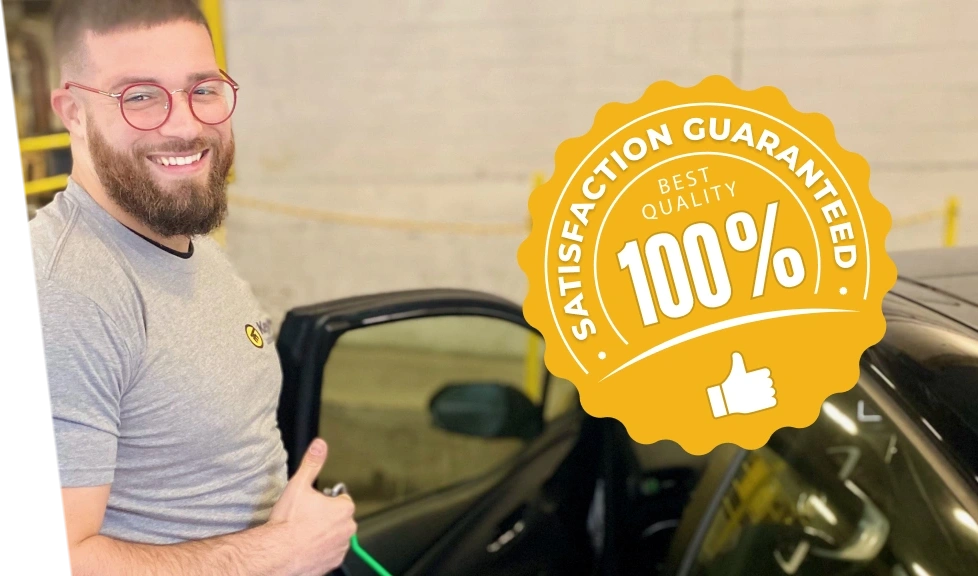Room Guide to Baby Proofing for Your Walking Toddler
Introduction
Congratulations! Your little one has taken those monumental first steps and officially entered the world of toddlering. As thrilling as this milestone is, it also ushers a change of parenting challenges. Walking toddlers are bundles of energy and curiosity, exploring their surroundings with newfound independence. While this developmental stage is fascinating, it also calls for an urgent review of home safety measures.
Understanding Toddler Behavior
Before diving into the specifics of no longer a baby proofing, it's crucial to understand the behavior of walking toddlers. At this stage, they are not only learning to walk but also to run, climb, and reach new heights (literally and figuratively). Their curiosity knows no bounds, and everything within their reach becomes a potential toy. This phase requires you to anticipate their actions and preemptively secure any potential hazards.
Baby Proofing Essentials for the Whole House
Cabinet Locks
Cabinets are treasure troves for toddlers, filled with interesting and often dangerous items, choking hazards, pointy things etc. Installing cabinet locks is a simple and effective way to keep curious hands away from harmful substances and sharp objects. Consider using magnetic locks, which are easy for adults to open but challenging for toddlers.
Outlet Covers and Cord Management
Electrical outlets and dangling cords are magnets for tiny fingers. Use outlet covers to prevent your child from inserting objects into sockets. Additionally, organize and secure cords from blinds, electronics, and other devices.
Door Safety
Doors pose several risks to toddlers, from pinched fingers to potential escapes. Install door knob covers to prevent your child from opening doors to unsafe areas, such as the garage or backyard. Door stops can also be useful to prevent doors from slamming shut and injuring small fingers.
Securing Furniture and Appliances
Toddlers love to climb, making unsecured furniture a tipping hazard. Anchor bookshelves, dressers, and large appliances to the wall to prevent them from toppling over. This not only protects your child but also secures valuable items from being damaged.
Window Safety
Windows are another area of concern, especially for toddlers who love to climb. Ensure that windows are locked when not in use and consider installing window guards or stops that prevent windows from opening more than a few inches. Keep furniture away from windows to reduce the temptation to climb.
Room-by-Room Guide
Living Room
The living room is often a hub of activity and should be toddler-proofed thoroughly. Here are some specific tips:
-
Coffee Tables and Sharp Edges: Use corner and edge guards on furniture to protect your child from bumps and bruises.
-
Fireplaces: Install a screen or gate around the fireplace to keep your toddler safe from burns.
-
TV Safety: Mount the TV on the wall to prevent it from being pulled down.
Kitchen
The kitchen is full of potential hazards, making it a critical area to baby-proof:
-
Stove and Oven: Use stove knob covers and an oven lock to prevent your child from turning on appliances.
-
Refrigerator: Consider a lock for the refrigerator door to keep your toddler out of it.
-
Trash Can: Use a trash can with a secure lid or place it inside a locked cabinet.
Bathroom
Bathrooms require special attention due to the presence of water and cleaning supplies:
-
Toilet Locks: Install a toilet lock to prevent accidental overflows from toys and other things being dropped there as well as falls and getting stuck.
-
Medicines and Cleaners: Store all medicines and cleaning supplies in high cabinets or locked containers.
-
Non-Slip Mats: Use non-slip mats in the bathtub and on the bathroom floor to prevent falls.
Bedrooms
Create a safe and comfortable sleeping environment for your toddler:
-
Crib Safety: Ensure that the crib mattress is at the lowest setting and that the crib is free from loose bedding and toys.
-
Dresser Drawers: Use drawer locks to keep your child from pulling out drawers and climbing on them.
-
Unsecured Bookshelves: Look into furniture securing guides to ensure that there is no risk for your toddler to use them as a stabilizer as they start walking and cling to anything to help their balance.
Home Office
If you have a home office, it’s important to secure this area as well:
-
Office Supplies: Keep small items like paperclips, pens, and scissors out of reach.
-
Electronics: Secure computers, monitors, and other electronic devices with cord organizers and use cable covers to prevent tripping hazards.
-
File Cabinets: Lock file cabinets to prevent your toddler from accessing important documents and potentially harmful items like staplers.
Preventing Toddler Escapes
Toddlers are quick and can easily find their way to danger if not properly supervised. Here are some tips to prevent your toddler from escaping:
-
Baby Gates: Use baby gates at the top and bottom of stairs and in doorways to restrict access to certain areas.
-
Backyard Safety: Ensure that your backyard is securely fenced, and use locks on gates to prevent your child from wandering off.
-
Front Door: Install a deadbolt or a chain lock high up on the door to keep your toddler from opening it.
Additional Tips for Peace of Mind
Regular Safety Checks
Conduct regular safety checks of your home to ensure that all baby-proofing measures are still effective and in place. As your child grows, their abilities and reach will change, requiring adjustments to your safety precautions.
Educating Older Children
If you have older children, involve them in the baby-proofing process and educate them about the importance of keeping certain items out of reach of their younger sibling.
Stay Informed
Stay updated on the latest baby-proofing products and techniques. Join parenting groups on social media or forums to share tips and learn from other parents' experiences.
Baby proofing your home for a walking toddler is an ongoing process that requires proactive measures. Remember, the goal is to provide freedom for your toddler and peace of mind for yourself.

